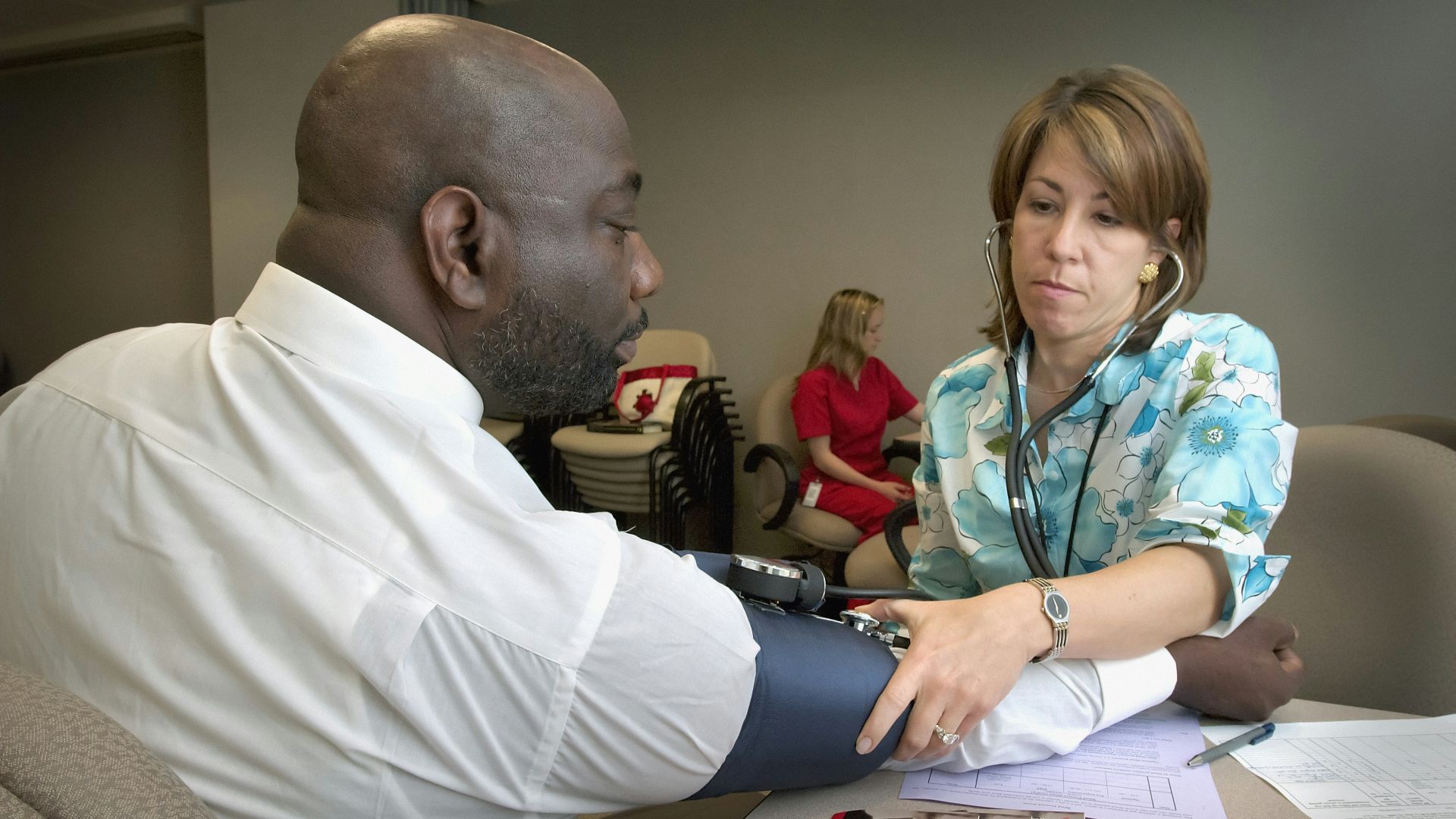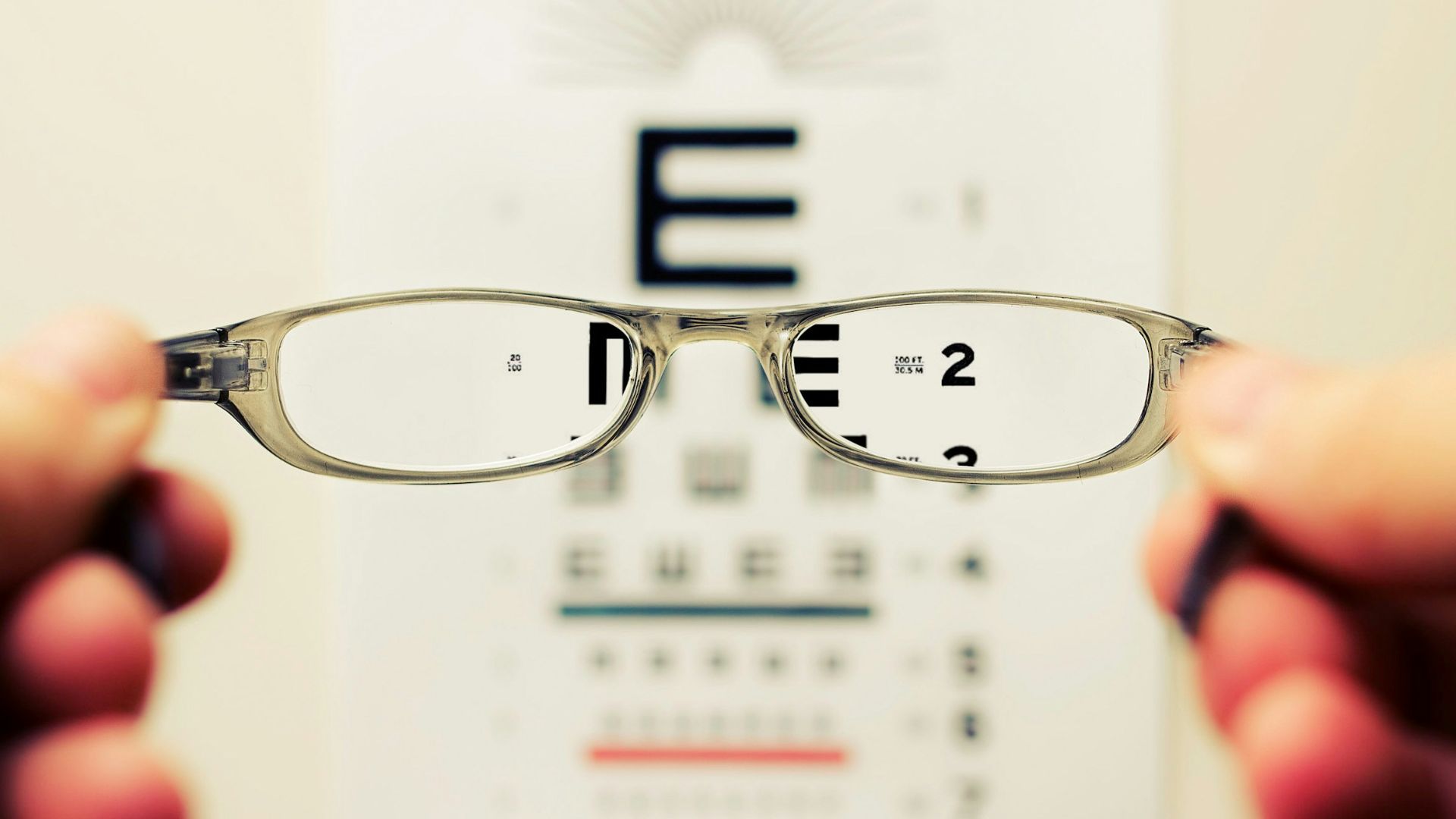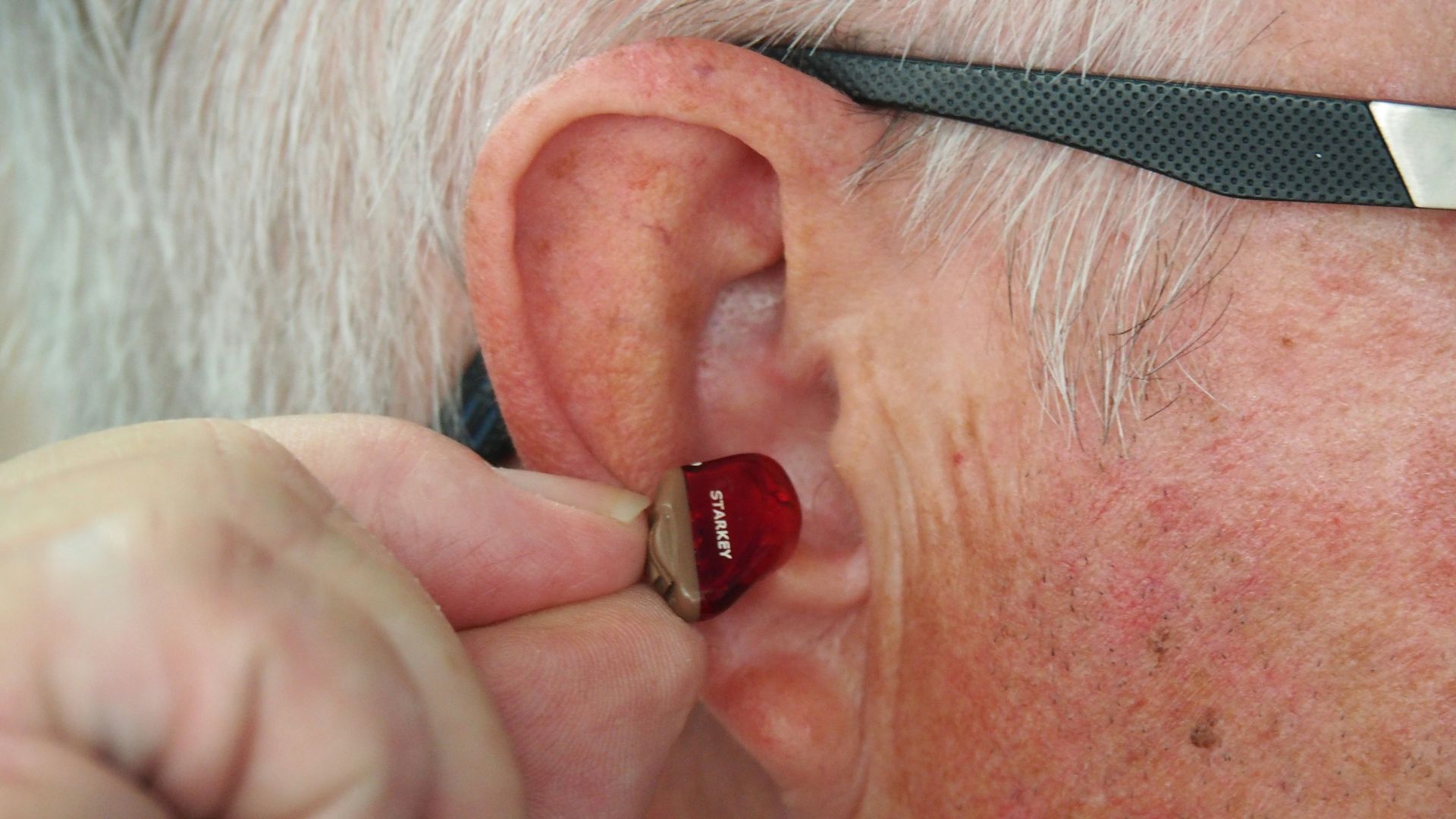The 50-Year Surprise
Age 50 doesn’t come with a warning label, but it should come with a heads-up. By the time you make it to 50, you'll more than likely notice that small changes start stacking up, and the health picture gets a little more layered and complex. Some are gradual, some less so. These 20 health conditions are among the most common to surface as life shifts into this new chapter.
1. Joint Pain And Stiffness
Years of movement take their toll on cartilage. Osteoarthritis becomes more common, particularly in the knees and fingers. Unlike inflammatory arthritis, this wear-and-tear condition slowly grinds down protective joint surfaces. Morning stiffness is often the earliest sign, even before pain.
2. High Blood Pressure
Raised blood pressure rarely announces itself. However, in seniors, arteries gradually lose elasticity, which pushes readings higher. Nearly 70% of adults in this age range are diagnosed with hypertension. It increases the risk of having a stroke and heart disease. Thankfully, this can often be managed with a few lifestyle adjustments.
3. Type 2 Diabetes
Insulin resistance increases as muscle mass declines and body fat rises, especially around the abdomen. This metabolic shift explains why adults over 50 are at greatly higher risk for type 2 diabetes. Many people remain undiagnosed until symptoms or complications surface.
4. Osteoporosis And Bone Loss
The bones don’t ache when density declines; that’s what makes osteoporosis so insidious. After 50, bone resorption begins to outpace new bone formation. Women face higher fracture risks due to post-menopausal estrogen loss. These days, DEXA scans can detect thinning of the bones early. Treatment typically includes weight-bearing exercises and medication.
 James Heilman, MD on Wikimedia
James Heilman, MD on Wikimedia
5. Weight Gain And Obesity
Why does weight creep up despite eating the same? Basal metabolic rate slows with age, and lean muscle mass diminishes. Those factors often lead to fat accumulation even without major dietary changes. And this excess weight tends to increase the chances of cardiovascular disease and several types of cancer.
6. Vision Decline And Cataracts
Eye lenses begin to cloud with time. By age 50, most people notice difficulty seeing in dim light or experience glare sensitivity. Cataracts develop slowly but are inevitable for many seniors. Thanks to modern medicine, highly effective surgical procedures can be facilitated with fast recovery times.
7. Hearing Loss
Conversations become harder to follow. Age-related hearing loss (presbycusis) results from gradual damage to the inner ear's hair cells. Changes may begin subtly, so early hearing exams become necessary. Otherwise, untreated hearing loss can lead to social isolation and cognitive decline.
8. Digestive System Slowdown
Fewer digestive enzymes and less efficient muscle contractions make food move more slowly through the gastrointestinal tract. This slowdown often shows up as bloating or indigestion after meals. While not inherently dangerous, these symptoms can be early indicators of broader dietary or motility issues.
9. Increased Cholesterol Levels
After 50, the liver may process fats less efficiently, which raises LDL ("bad") cholesterol. Increased cholesterol doesn't cause immediate symptoms, but it remains one of the most preventable drivers of heart attacks and strokes. Fortunately, regular lipid panels can help detect trends early.
10. Urinary Incontinence
Weakening pelvic floor muscles or changes in bladder elasticity often contribute to urinary urgency or leakage. Doctors say that early pelvic health interventions and targeted therapies can greatly reduce the impact. Also, it’s not just a “women’s issue.” Men experience it, too, especially with benign prostatic hyperplasia.
11. Memory And Focus Decline
Mild forgetfulness in the 50s may feel unsettling, but it’s often part of normal aging. Brain function shifts due to slower signal transmission and disrupted sleep architecture. These subtle adjustments respond well to brain challenges and daily routines that stimulate memory and learning.
12. Insomnia And Sleep Disturbance
It’s common for sleep to feel lighter or more fragmented with age. Melatonin production drops and circadian rhythms shift slightly, which makes deep sleep harder to achieve. Sleep disorders like apnea also become more prevalent. Sadly, poor sleep is linked to metabolic dysfunction.
13. Decreased Immune Function
The immune system gradually loses efficiency with age. T-cell production decreases, weakening the body’s ability to respond to new pathogens. As a result, people become more vulnerable to infections and may recover more slowly. To address these changes, vaccination schedules must be revised during midlife.
14. Depression And Mood Swings
Changes in mood are sometimes mistaken for personality shifts. Hormonal changes, life transitions, chronic illness, and social isolation all contribute to depression risk after 50. It may not present as sadness: irritability or withdrawal are common. Thankfully, early evaluation and intervention can drastically improve emotional well-being and daily function.
15. Cancer Risk
As cells continue to divide over time, the chances of DNA errors increase with age. Along with environmental impact, this significantly raises the risk of developing cancer of the colon, prostate, or lung. That’s why regular screenings—critical for early detection—remain one of the strongest predictors of survival.
16. Skin Changes And Thinning
By the late 40s, skin begins to lose collagen and elasticity. It becomes thinner, heals more slowly, and is more susceptible to bruising and infection. These age-related changes make protection from UV exposure, and close monitoring of lesions or texture shifts increasingly important.
17. Sexual Health Concerns
Sexual function after 50 often shifts due to hormonal decline and medication side effects. For men, erectile issues may emerge; for women, dryness or discomfort is common. Those concerns can impact self-esteem and relationships. Couples should have open conversations and consider tailored treatment plans to overcome these issues.
18. Gum Disease And Tooth Loss
Bacterial plaque buildup, combined with declining saliva production and long-term habits, can lead to issues with bones and teeth. Bleeding gums or bad breath may indicate periodontal disease, which affects about half of the senior population. Moreover, oral health also affects cardiovascular risk.
19. Liver Function Changes
After midlife, liver metabolism gradually slows, affecting how the body processes medications and nutrients. Shifts in enzyme activity can heighten sensitivity to substances that were once easily tolerated. Though these changes rarely cause early symptoms, they play a key role in drug dosing and safety.
20. Thyroid Hormone Imbalance
Thyroid disorders often emerge in midlife, bringing symptoms like fatigue, weight fluctuations, dry skin, and mood changes. Women over 50 face a higher risk, frequently due to autoimmune conditions such as Hashimoto’s thyroiditis. Early detection through routine blood tests allows for effective, lifelong management.
KEEP ON READING



























